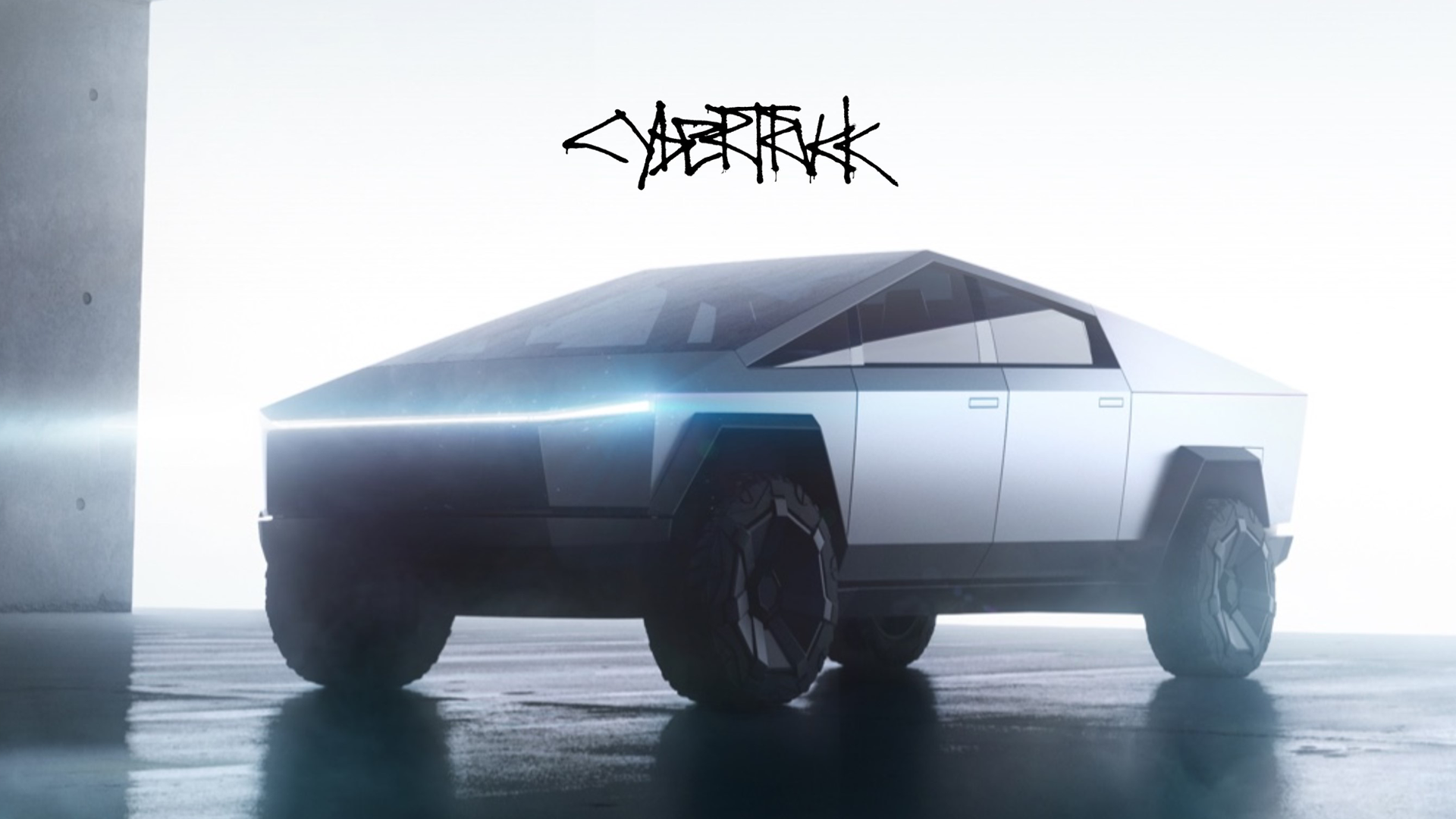We’re often told that EVs are the future, but does the future really have to be this complicated? EVs are pushing boundaries with their futuristic designs and experimental technology, and this has quickly become an issue of its own. In my opinion, this isn’t the right approach.
Many of us love hyper-futuristic designs and can’t wait for real cars to start looking like the stuff from sci-fi movies, and there’s nothing wrong with that. After all, if car design never evolved, we’d still be driving motorized carriages without roofs, heated seats, or seat belts. Like anything else, cars must evolve to provide us with better, safer, and more reliable transportation in a more stylish vehicle.
Well, some of these design quirks also apply to non-EVs that are trying to stand out. Just look at the 2025 Hyundai Elantra and first-gen Toyota C-HR. Even so, both models offer hybrid and electric options, making the internal combustion variant feel like it’s just there to meet conventional expectations.While futuristic designs are unarguably cool, they don’t always appeal to broader audiences. They draw a lot of attention, which isn’t something that drivers who prefer to blend in want. Fortunately, some more minimalist EVs offer a more understated look, like the Tesla Model S, Nissan Leaf, and Chevrolet Bolt EV. They blend in with the rest of the traffic, so it’s no surprise these models are far more popular.
Too Much Experimental Technology
New cars generally come packed with more features and technology, as that’s one of their core selling points. However, it feels like EVs are taking everything three steps too far, with manufacturers using them as an opportunity to showcase whatever new tech they have up their sleeves.Sometimes,
that technology is great
. Examples include massive screens, good software with
over-the-air updates
, adaptive cruise control, instant acceleration, and
regenerative braking
. However, other times, these features feel like unnecessary reinventions of the wheel. Sometimes literally, like the Tesla Yoke steering wheel.
Some automakers have replaced most physical buttons
with touch screens
, making it much harder to perform basic functions, such as adjusting the climate controls or the volume. It’s not a user-friendly experience for anyone, let alone non-tech-savvy customers.Even worse is when EVs replace something that’s been in regular use for over a century, like rearview and side mirrors, with unproven technology, such as cameras and screens. Don’t get me wrong;
backup cameras
are a fantastic tool, but there should still be a traditional mirror in case the camera or display fails. Some even replace mechanical door handles with buttons that can fail at any moment. A lot of it boils down to “It’s quirky but pointless.”
It’s Better to Blend the Old With New
While it’s great to have feature-packed EVs that look like something from
Cyberpunk 2077
, I still find it important that automakers have some normal-looking EVs in their lineups. By using a platform that people are already familiar with, they can broaden the market appeal. Plus, they’d save on design, R&D, and potentially even parts—important savings since EVs are still too expensive. A good example is the Fiat 500e, which looks almost exactly like the non-electric Fiat 500.Even if it’s an all-new platform, the electric vehicle can still look like it’s a normal part of the automaker’s lineup, like the Nissan Leaf, Kia Niro, and Volkswagen ID.4. These cars look familiar, making them less intimidating to potential customers. Personally, I’d love to see a revival of an old silhouette, like the iconic Porsche 993, as a fully electric car, though I know that’s probably a pipe dream.
In my opinion, EVs should stop trying to do everything at once. Customers care more about cost-savings, range, and good
charging network coverage
, so resources should be focused on those key areas. By sticking to familiar designs and fewer features, EVs could become more
approachable and affordable
, lowering the barrier to entry.







